Pafos archaeological park was just one reason the city was awarded joint European Capital of Culture in 2017. Standing here, surrounded by acres of history and fields of wildflowers, feels a world away from the busy resort just beyond the entrance. Paphos Archaeological Park is where I am taking you today, taking advantage of one more week in Paphos on a business trip. Between us, I come here every time I am in Paphos because there is always something new to see. I am off to the site after breakfast, heading towards Kato Paphos and I will attempt to give a brief idea of what the site is all about.
 Ancient City
Ancient City
Nea Pafos was the ancient city of Pafos, founded in the late 4th century BC and originally encircled by massive walls. Despite being ceded to the Romans in 58 BC, it remained the centre of all political and administrative life in Cyprus. It is most famed today for its mesmerizing collection of intricate and colourful mosaics based on ancient Greek myths.
Visitor’s Centre
Paphos Archaeological Park
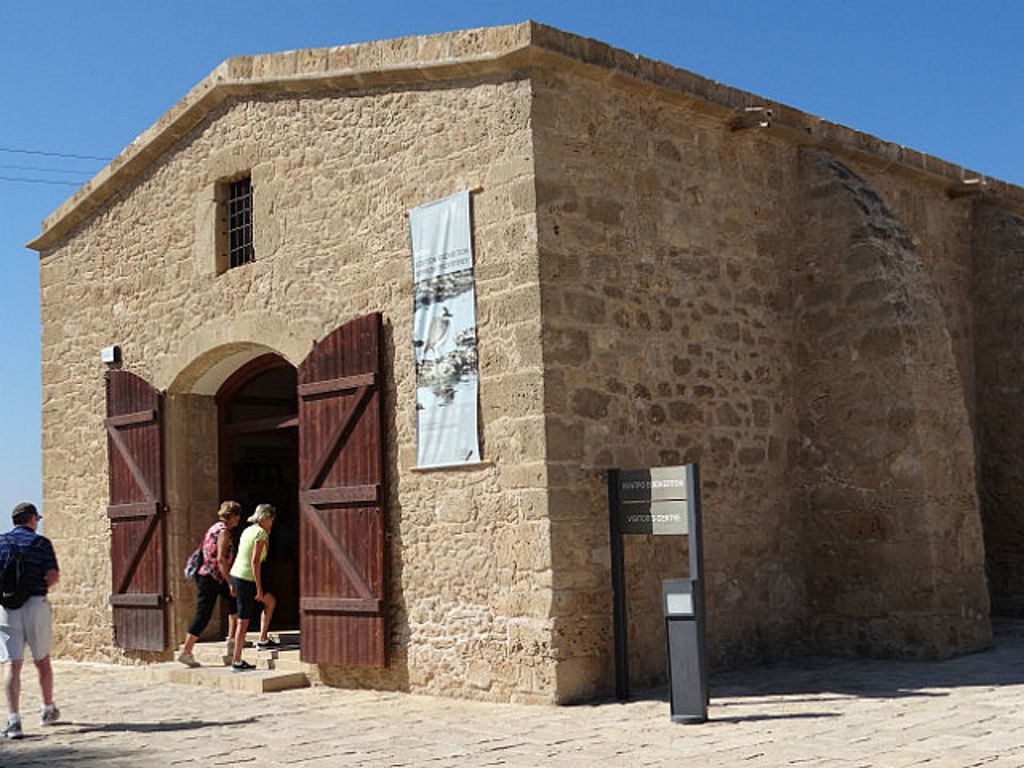
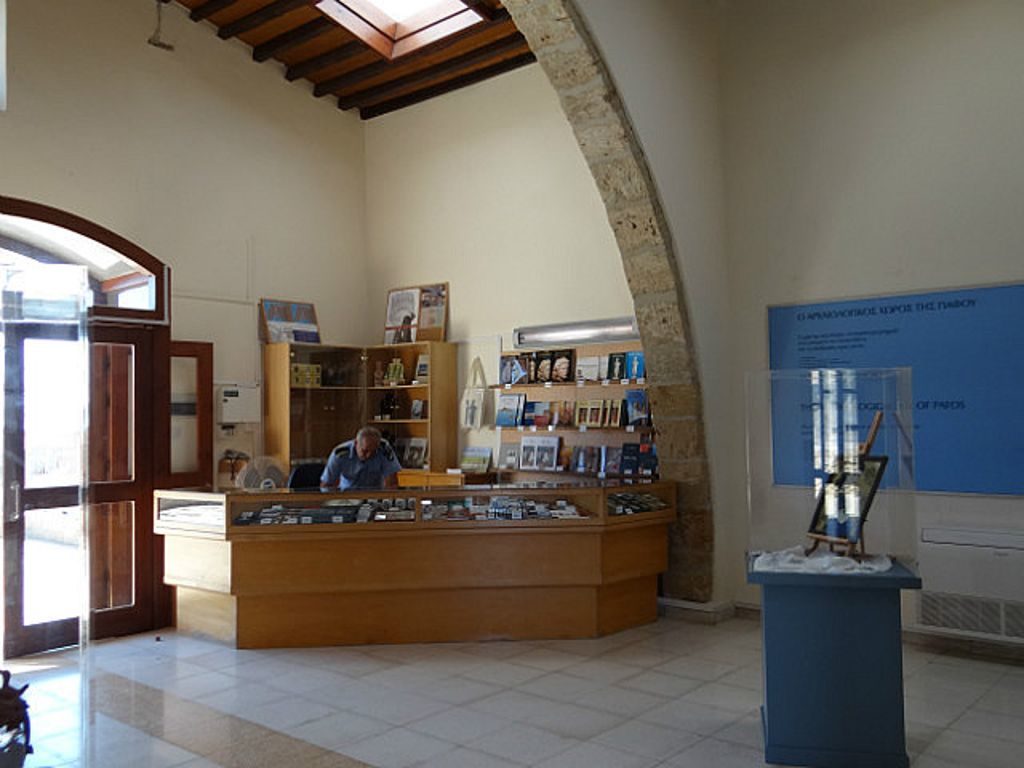
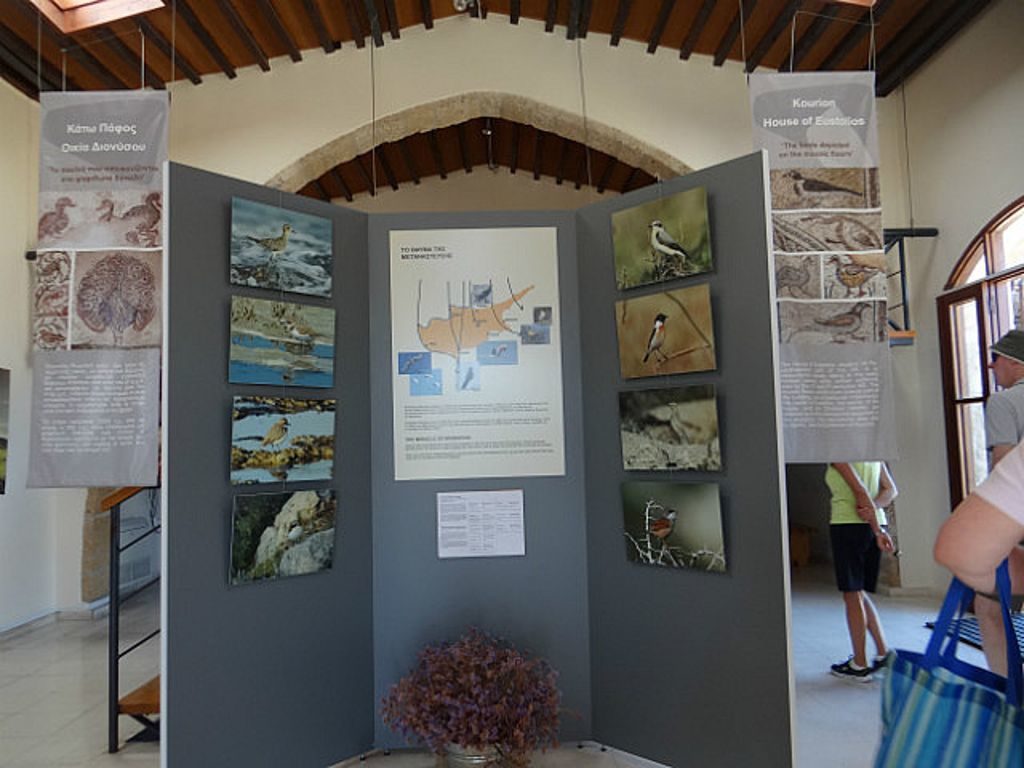 Indicating my Press pass, I enter the gate of the Paphos Archaeological Park and at the top of the steps near the entrance, I decided to start off from the Visitor’s Exhibition Center and get a guidebook first. Rotating exhibitions take place here, and this time it was all about the Cyprus birds which I found extremely interesting.
Indicating my Press pass, I enter the gate of the Paphos Archaeological Park and at the top of the steps near the entrance, I decided to start off from the Visitor’s Exhibition Center and get a guidebook first. Rotating exhibitions take place here, and this time it was all about the Cyprus birds which I found extremely interesting.
Paphos Archaeological Park
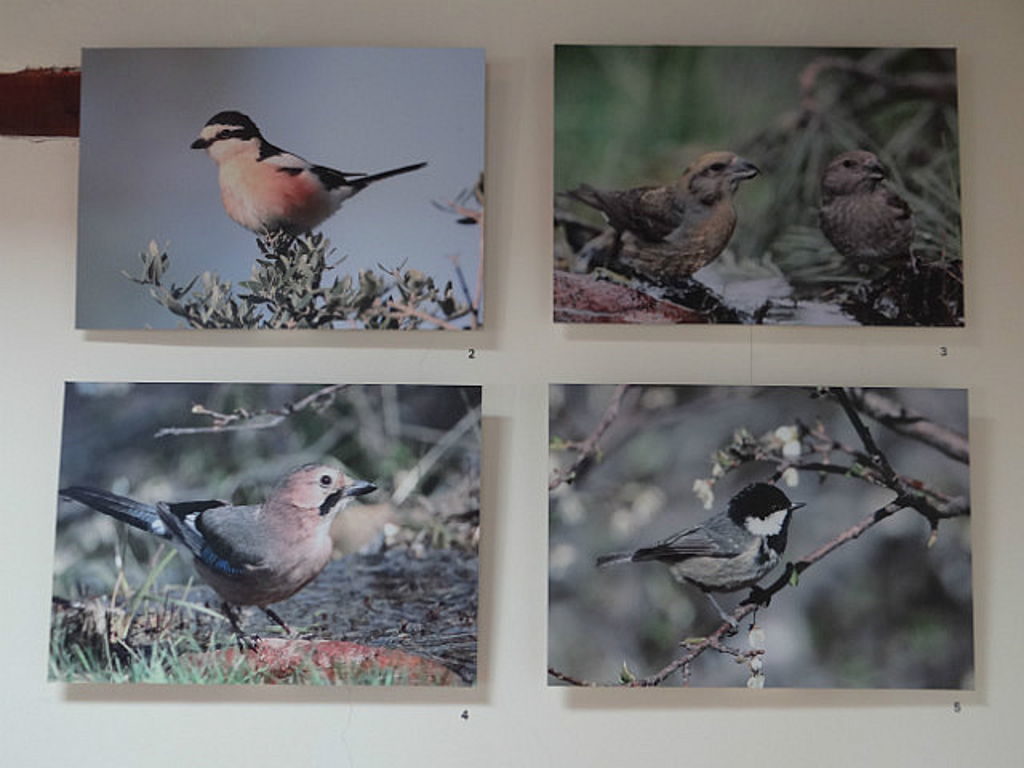 The exhibition was co-organized with the Leventis Municipal Museum and BirdLife Cyprus. Along with several tourists, we watched an audiovisual presentation of the migrating birds. The walls were covered with photos all the kinds of birds we have in Cyprus, in their natural habitat as well as showcasing objects from the museum’s collection.
The exhibition was co-organized with the Leventis Municipal Museum and BirdLife Cyprus. Along with several tourists, we watched an audiovisual presentation of the migrating birds. The walls were covered with photos all the kinds of birds we have in Cyprus, in their natural habitat as well as showcasing objects from the museum’s collection.
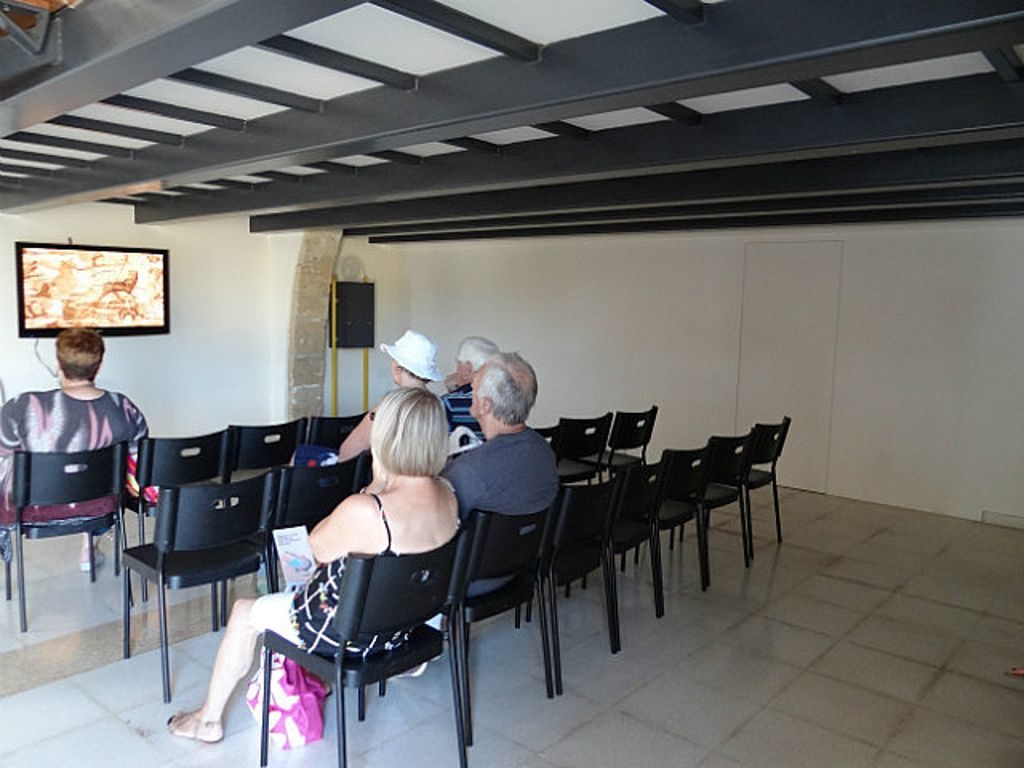
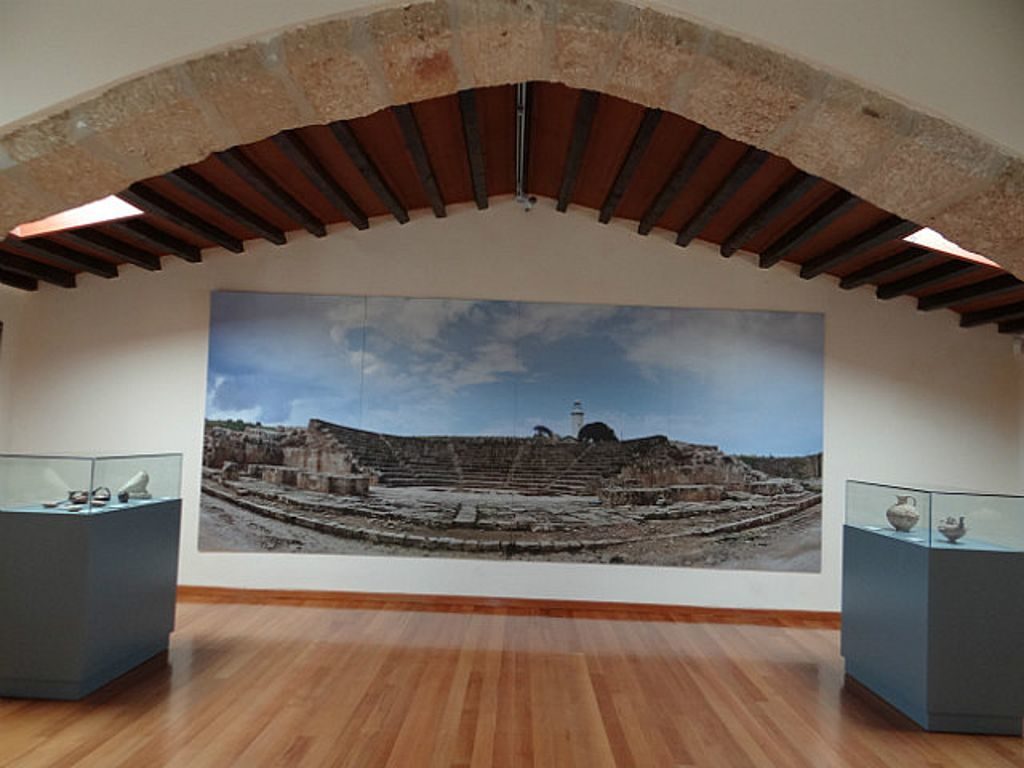 Cyprus fully experiences the miracle of bird migration which lies on one of the major bird migration routes across the Mediterranean. It is also a major staging post used twice a year as birds move between Africa, Europe and Eurasia. Particularly outstanding sites to witness their arrival are the salt lakes of Larnaca and Akrotiri, the Athalassa Park, Cape Greko and Paphos plain and headland.
Cyprus fully experiences the miracle of bird migration which lies on one of the major bird migration routes across the Mediterranean. It is also a major staging post used twice a year as birds move between Africa, Europe and Eurasia. Particularly outstanding sites to witness their arrival are the salt lakes of Larnaca and Akrotiri, the Athalassa Park, Cape Greko and Paphos plain and headland.
The Paphos Mosaics
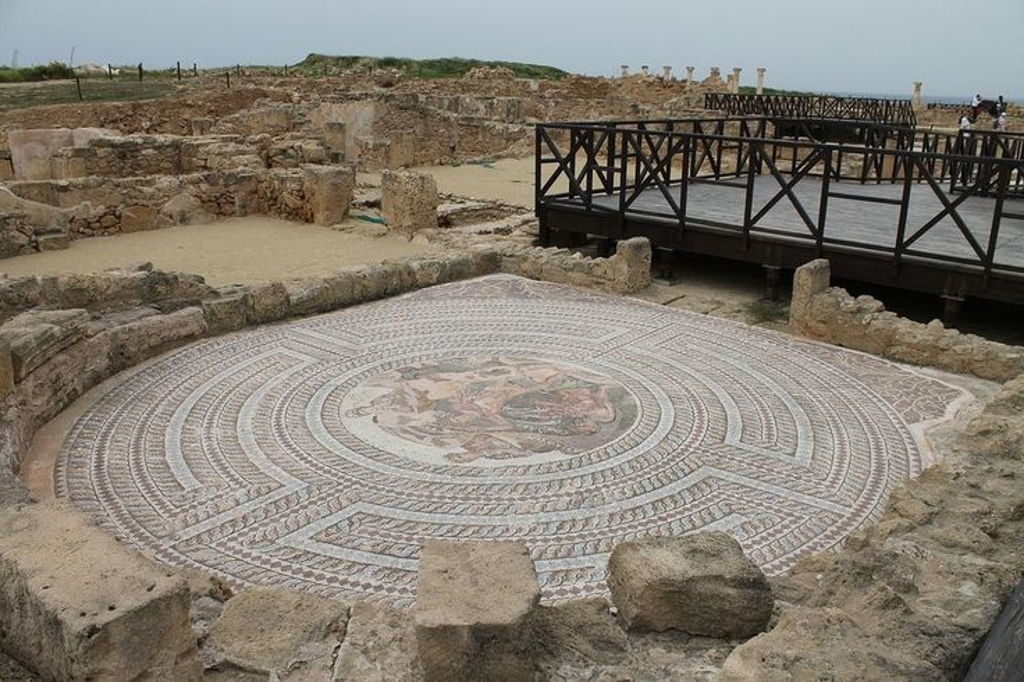 The mosaics of Kato Paphos are among the most beautiful in the world and were discovered accidentally in 1962 by a farmer ploughing his field. Ever since excavations are non-stop since it is widely believed that there are many treasures still to be discovered. A group of large houses that have been discovered by archaeologists testify the wealth of the town in the 2nd and 3rd centuries AD. Courtyards, reception halls, baths and other facilities of the houses have been identified however what remains today are the lowest parts of their walls.
The mosaics of Kato Paphos are among the most beautiful in the world and were discovered accidentally in 1962 by a farmer ploughing his field. Ever since excavations are non-stop since it is widely believed that there are many treasures still to be discovered. A group of large houses that have been discovered by archaeologists testify the wealth of the town in the 2nd and 3rd centuries AD. Courtyards, reception halls, baths and other facilities of the houses have been identified however what remains today are the lowest parts of their walls.
Paphos Archaeological Park
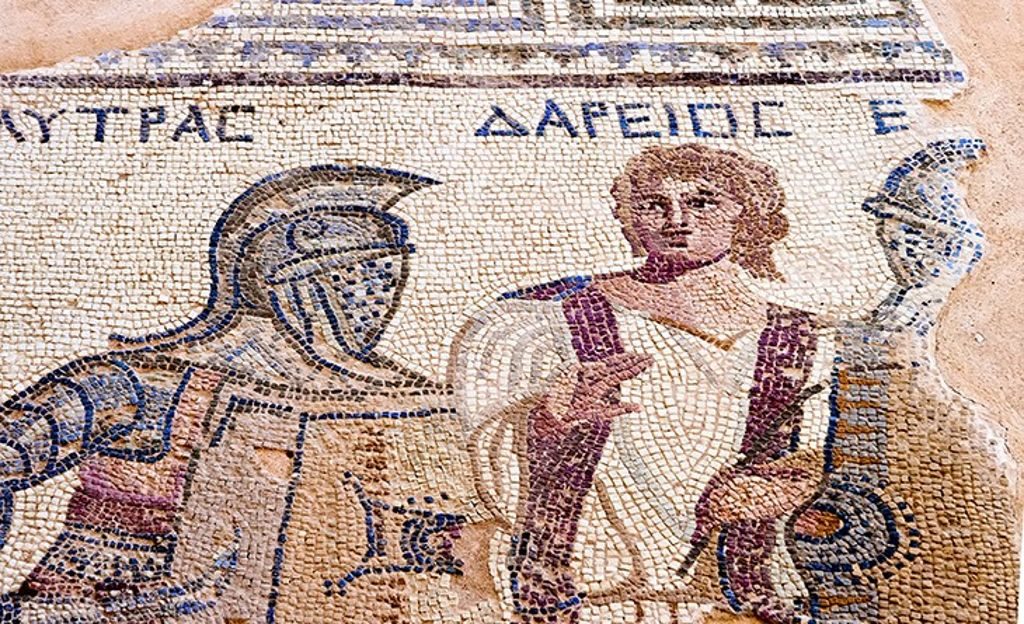 The elaborate floor mosaics of the Paphos Archaeological Park, reflect a highly sophisticated society, they are work of art and a documentation of many aspects of life in Cyprus during the Roman Empire. They are all protected in four different houses named after the subject of mosaics found.
The elaborate floor mosaics of the Paphos Archaeological Park, reflect a highly sophisticated society, they are work of art and a documentation of many aspects of life in Cyprus during the Roman Empire. They are all protected in four different houses named after the subject of mosaics found.
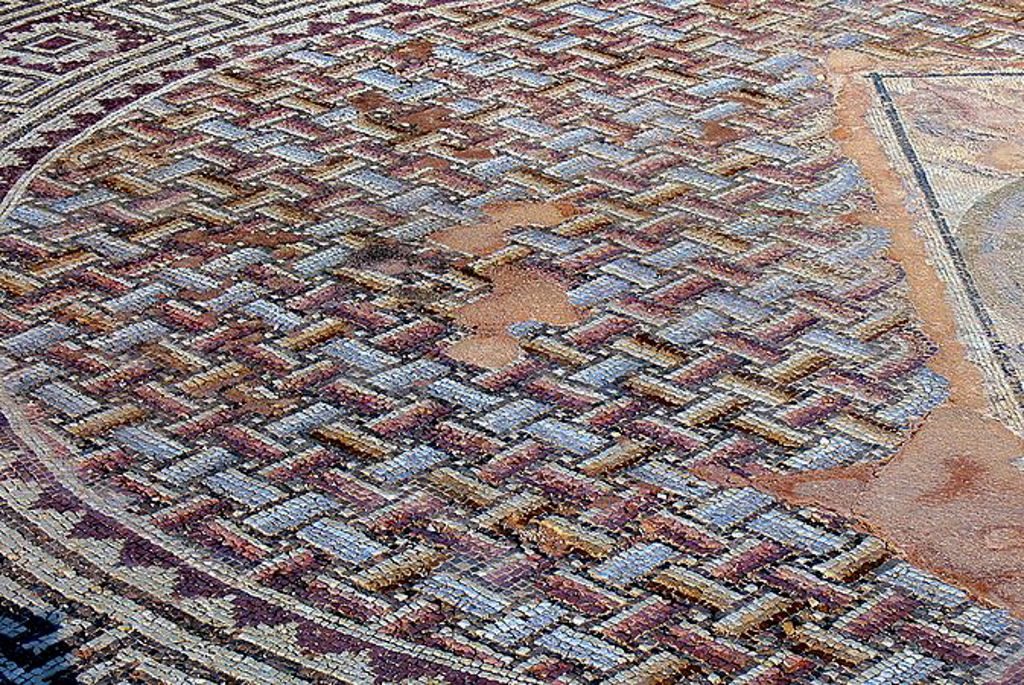
The most wonderful thing about them is that, apart from their artistic and aesthetic merits, each tells a story, mostly based on ancient Greek myths. From my own experience, allow at least two hours to see all the houses properly before you get to the other parts of the Archaeological Park. So, let’s check one by one the houses…
House of Dionysus
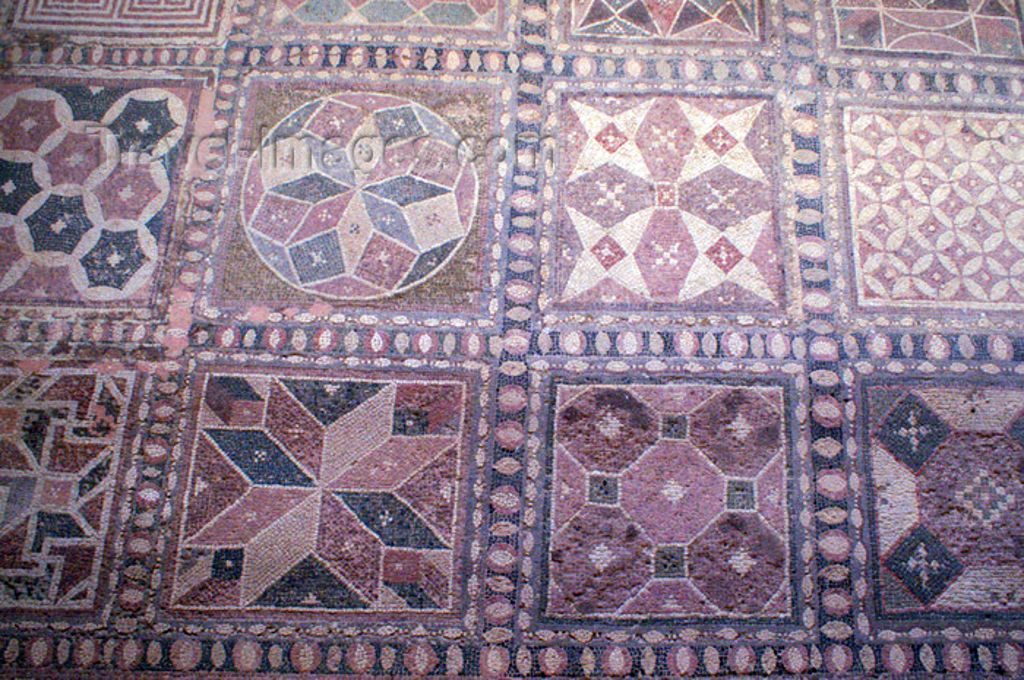 The restored Roman villa dates back to the 2nd century A.D. The name “House of Dionysus” is mainly due to the many representations of Dionysus, the god of wine. Phaedra and Hippolytus’s mosaic is one of the most important in the house. It depicts the tragic tale of a stepmother’s bizarre love for her stepson.
The restored Roman villa dates back to the 2nd century A.D. The name “House of Dionysus” is mainly due to the many representations of Dionysus, the god of wine. Phaedra and Hippolytus’s mosaic is one of the most important in the house. It depicts the tragic tale of a stepmother’s bizarre love for her stepson.
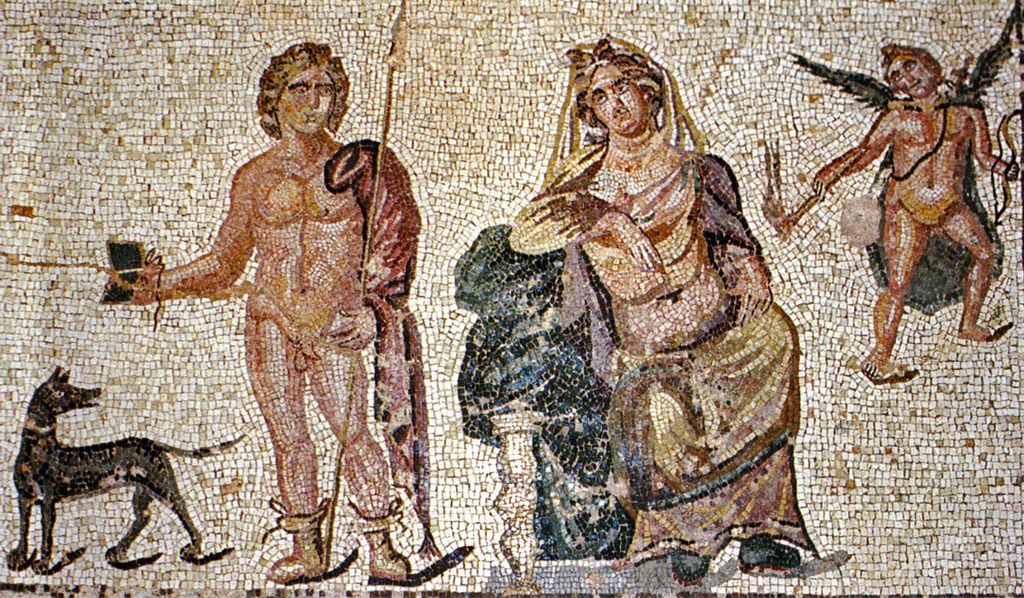
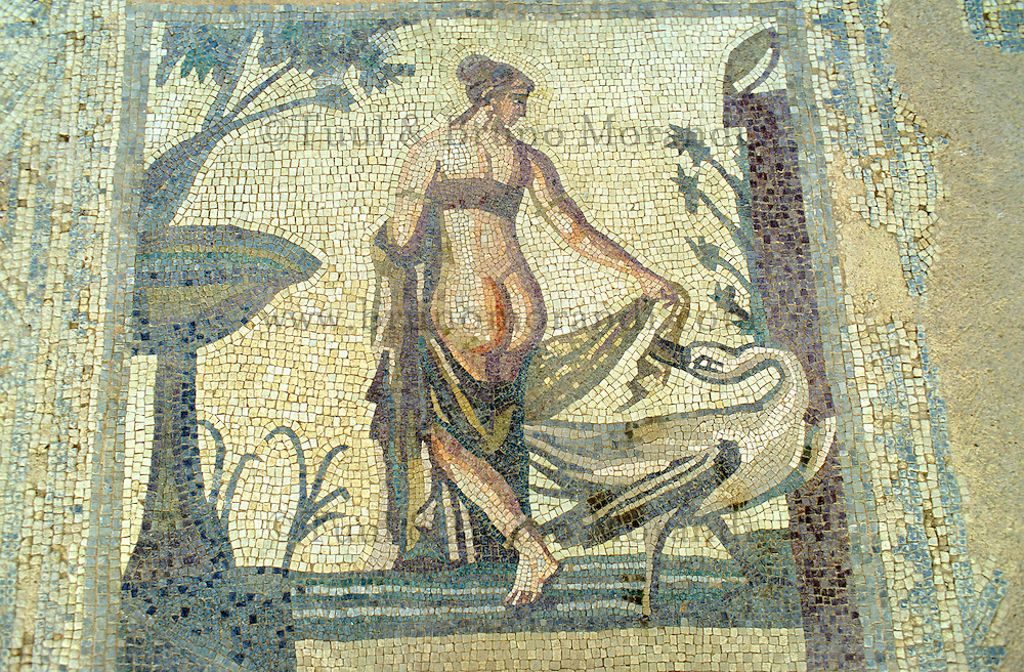
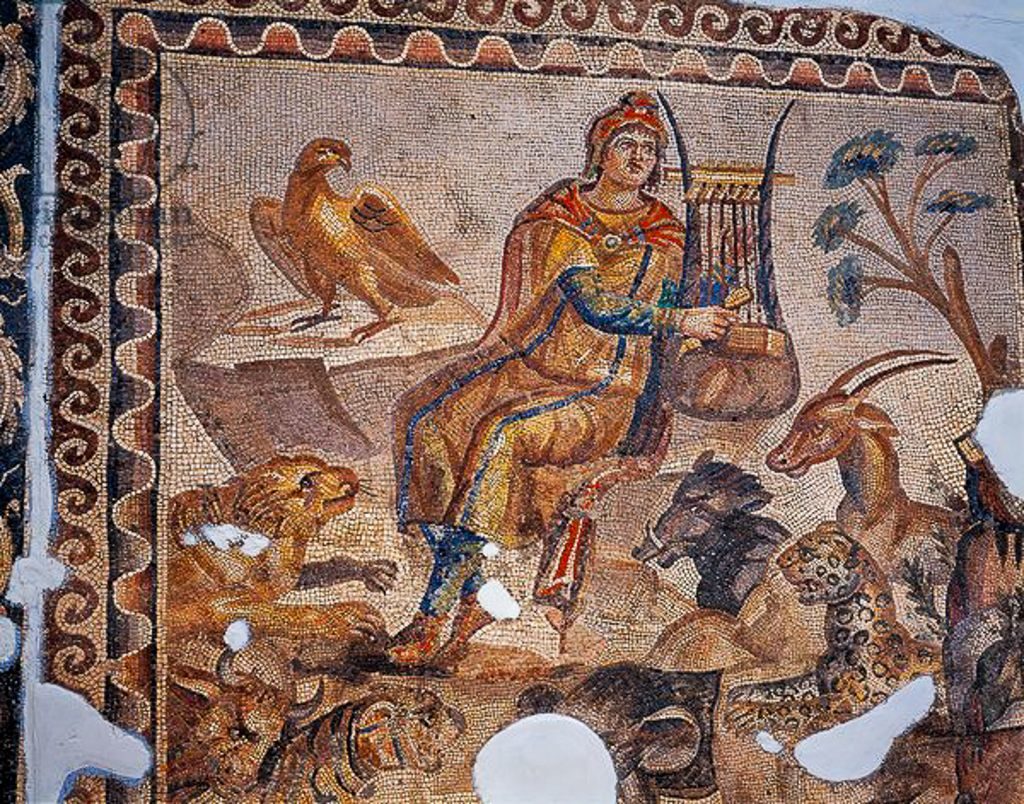
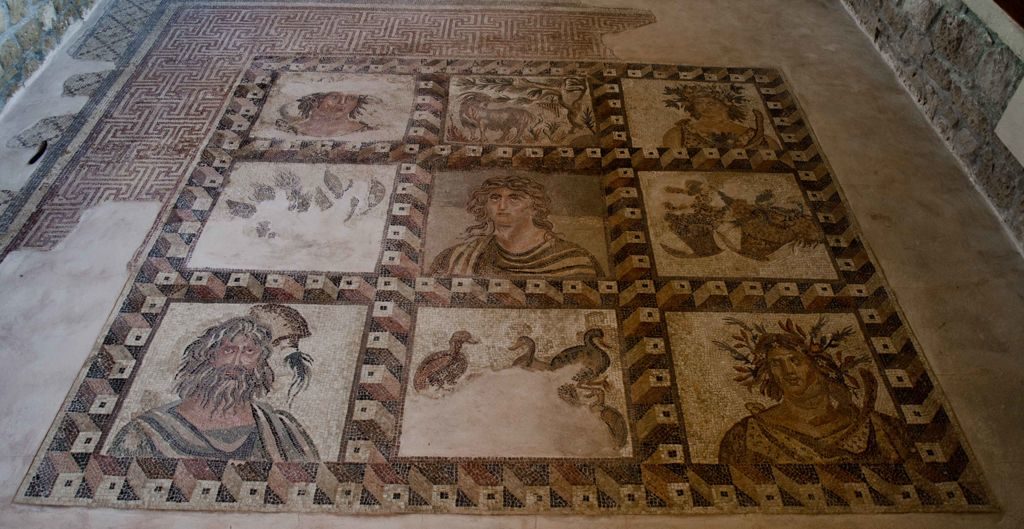 Narcissus is another beautiful mosaic, as well as the Four Seasons mosaic that depicts spring crowned with flowers and holding a shepherd’s stick; summer holding a sickle and wearing ears of corn; Autumn is crowned with leaves and wheat; and Winter as a bearded, grey-haired man. The house most probably belonged to a member of the ruling Roman class or to a wealthy citizen of Paphos.
Narcissus is another beautiful mosaic, as well as the Four Seasons mosaic that depicts spring crowned with flowers and holding a shepherd’s stick; summer holding a sickle and wearing ears of corn; Autumn is crowned with leaves and wheat; and Winter as a bearded, grey-haired man. The house most probably belonged to a member of the ruling Roman class or to a wealthy citizen of Paphos.
House of Theseus
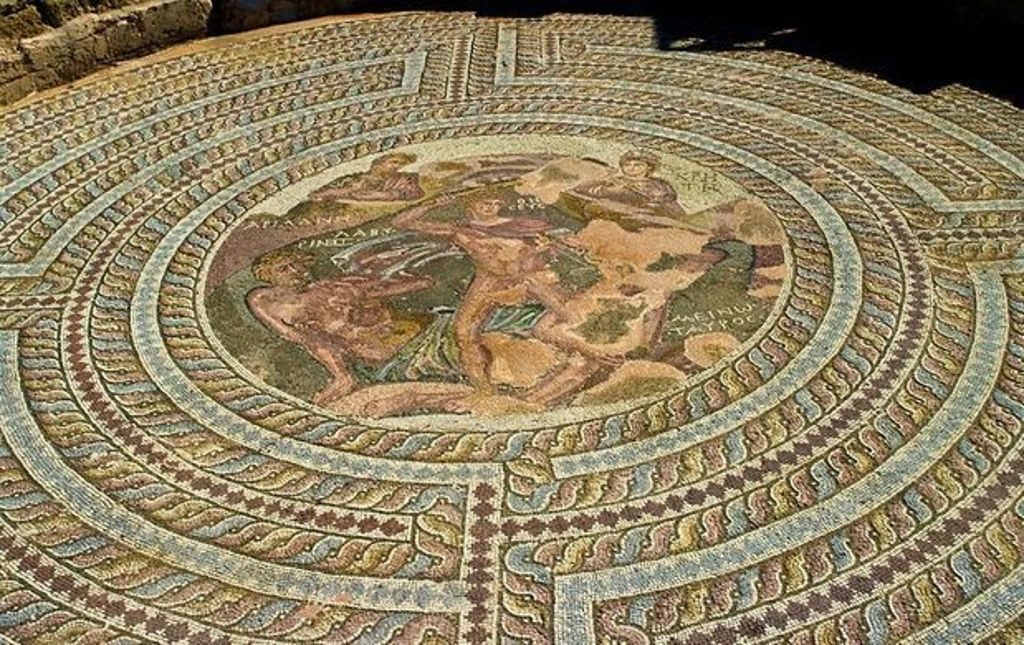
Paphos Archaeological Park
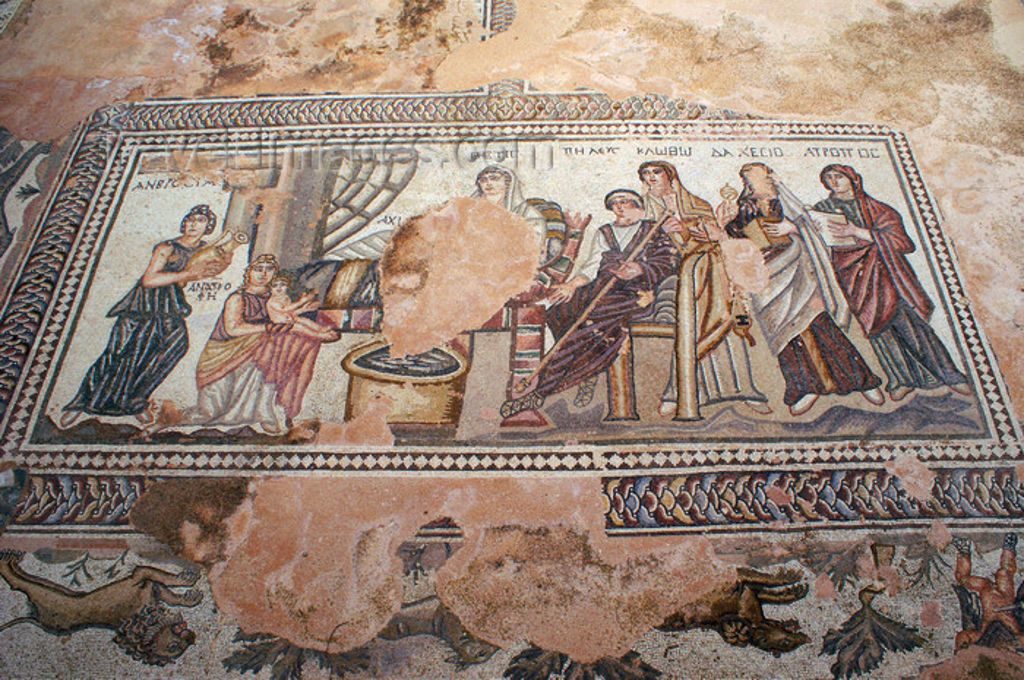 The House is rich in geometrical decorations named after a representation of ‘Theseus killing the Minotaur’. It is a much smaller building thought to have been a 2nd-century private residence.
The House is rich in geometrical decorations named after a representation of ‘Theseus killing the Minotaur’. It is a much smaller building thought to have been a 2nd-century private residence.
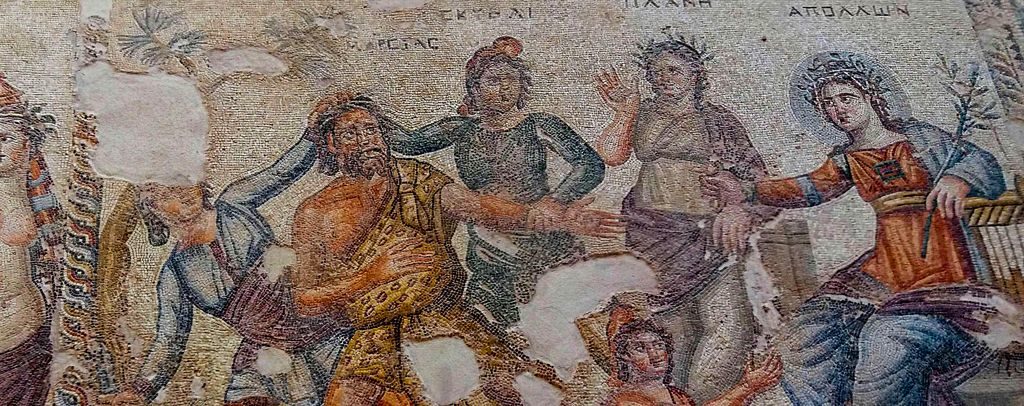 House of Orpheus
House of Orpheus
The mosaics of this villa belong to the third century A.D and lie to the west of the House of Theseus. There are three mythological representations worth seeing, “Orpheus and his Lyre”, “Hercules and the Lion of Nemea” and “the Amazon”.
House of Aion
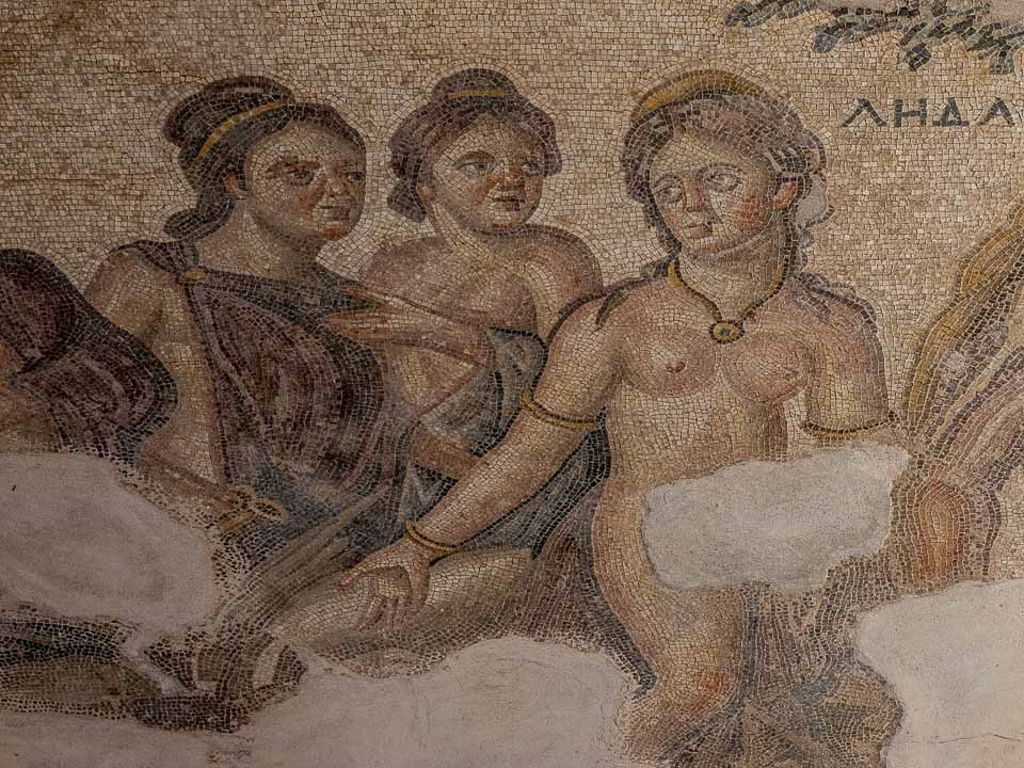
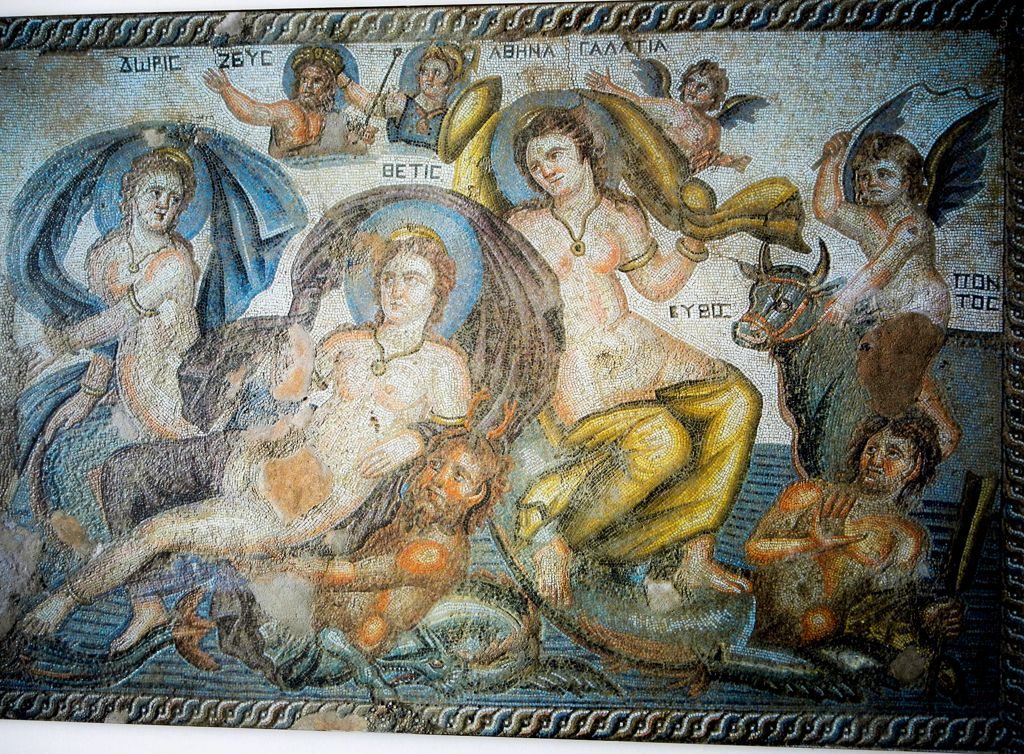 The mosaic display of this house dating back to the 4th century is made up of five separate panels and was named after the pagan god Aion. Although the image has been damaged somewhat, the name Aion and the face of the god can still be clearly seen.
The mosaic display of this house dating back to the 4th century is made up of five separate panels and was named after the pagan god Aion. Although the image has been damaged somewhat, the name Aion and the face of the god can still be clearly seen.
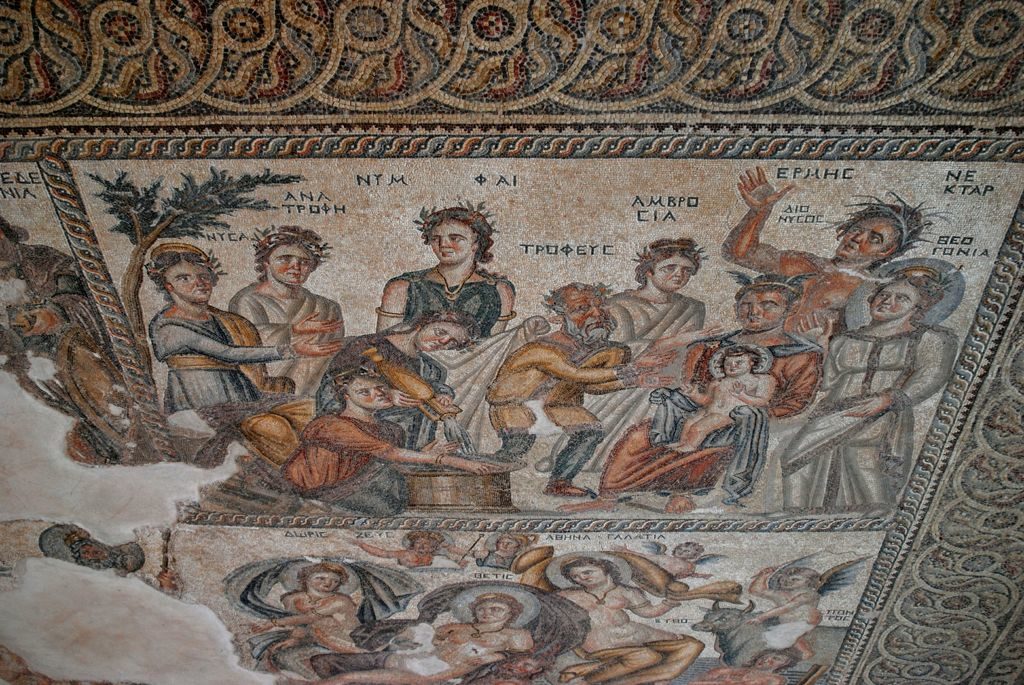
Five mythological scenes worth seeing are “The birth of Dionysus”, “Leda and the Swan.” “The beauty contest between Cassiopeia and the Nereids”, “Apollon and Marsyas,” and the “Triumphant procession of Dionysus”.
A Chat with some Tourists
Leaving behind the four houses with the stunning mosaics, I find myself joining for a while a group of Americans I met in the house of Aion. We are out walking the narrow earth pathway towards the Odeon. The chat with this group of friends who were staying at the Poseidonia Beach hotel made me feel proud and lucky to be Cypriot. So happy to hear nice words about Cyprus from first-time visitors. They were here for a week already and had 2 more weeks before flying back home.
Paphos Archaeological Park
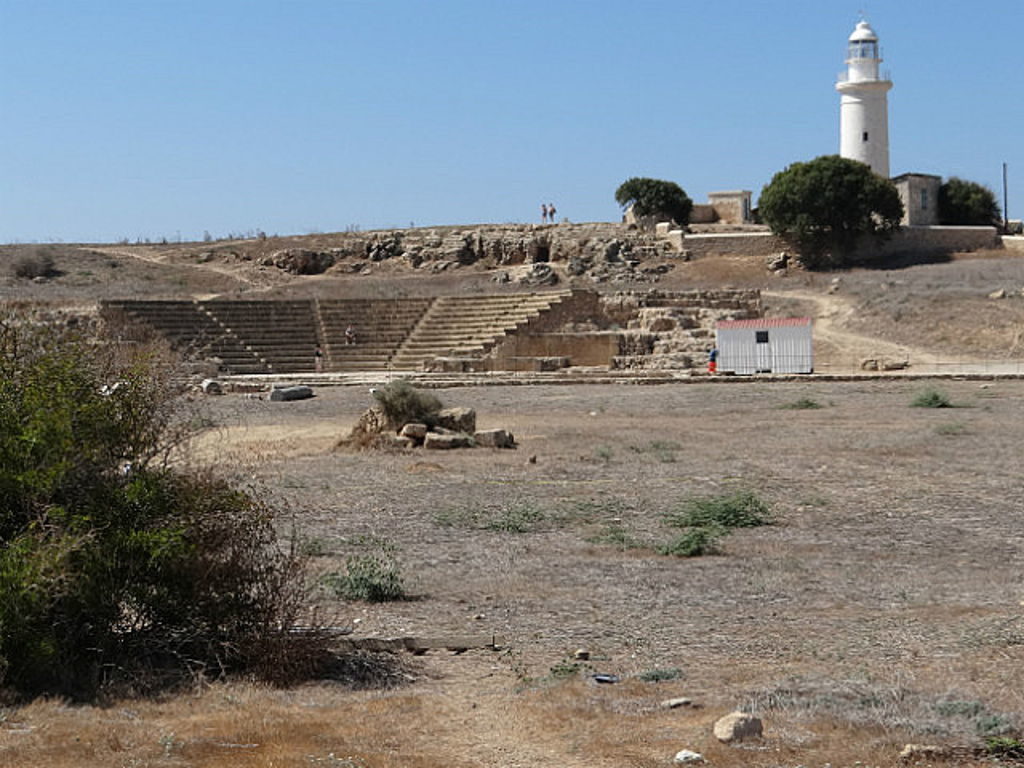 I loved the way they pronounced ‘sheftalia’ ‘afelia and kleftiko’ and talked so highly of the Cypriot hospitality and our traditional Cypriot cuisine. They were fond of the Cypriot meze and our local beer! With this and that, we reach the Odeon and it is time for me to greet them goodbye and enjoy the next site at my own pace, something I enjoy a lot. So, let’s see what the rest of the site offers…
I loved the way they pronounced ‘sheftalia’ ‘afelia and kleftiko’ and talked so highly of the Cypriot hospitality and our traditional Cypriot cuisine. They were fond of the Cypriot meze and our local beer! With this and that, we reach the Odeon and it is time for me to greet them goodbye and enjoy the next site at my own pace, something I enjoy a lot. So, let’s see what the rest of the site offers…
Agora, Asklipeion & Odeon
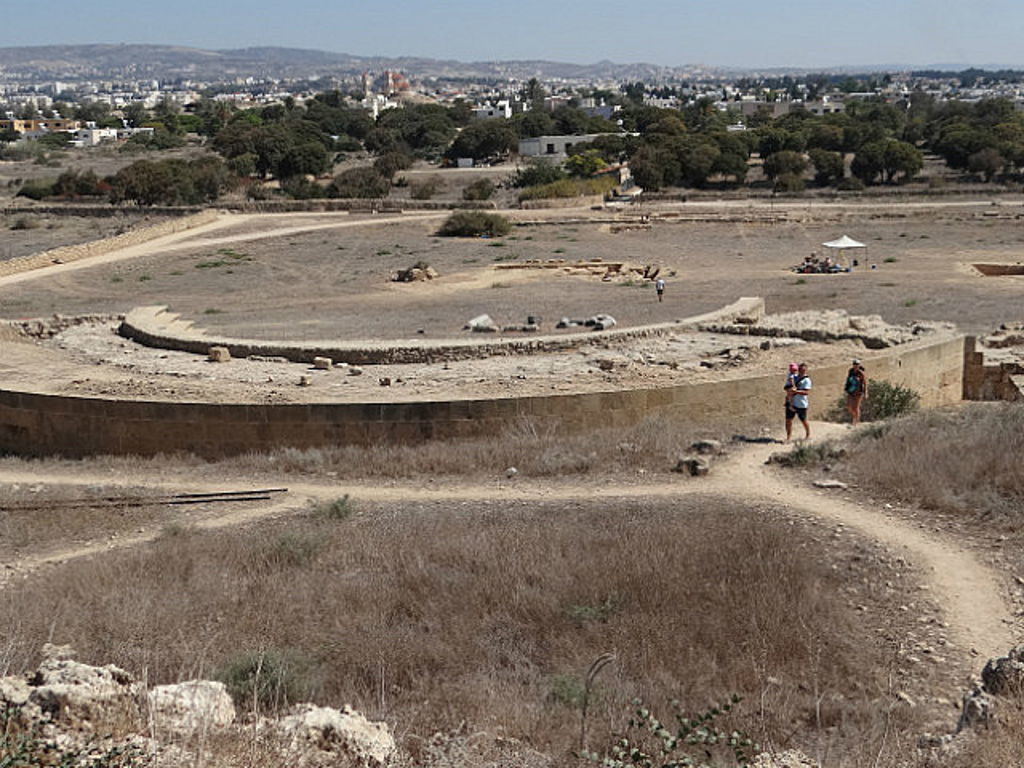 What remains of Paphos Acropolis are ancient ruins and buildings, nonetheless, its significance remains as one of the most historical symbols of the city’s long ancient history. The magnificent Acropolis is located near the city’s new Lighthouse –constructed the 2nd century.
What remains of Paphos Acropolis are ancient ruins and buildings, nonetheless, its significance remains as one of the most historical symbols of the city’s long ancient history. The magnificent Acropolis is located near the city’s new Lighthouse –constructed the 2nd century.
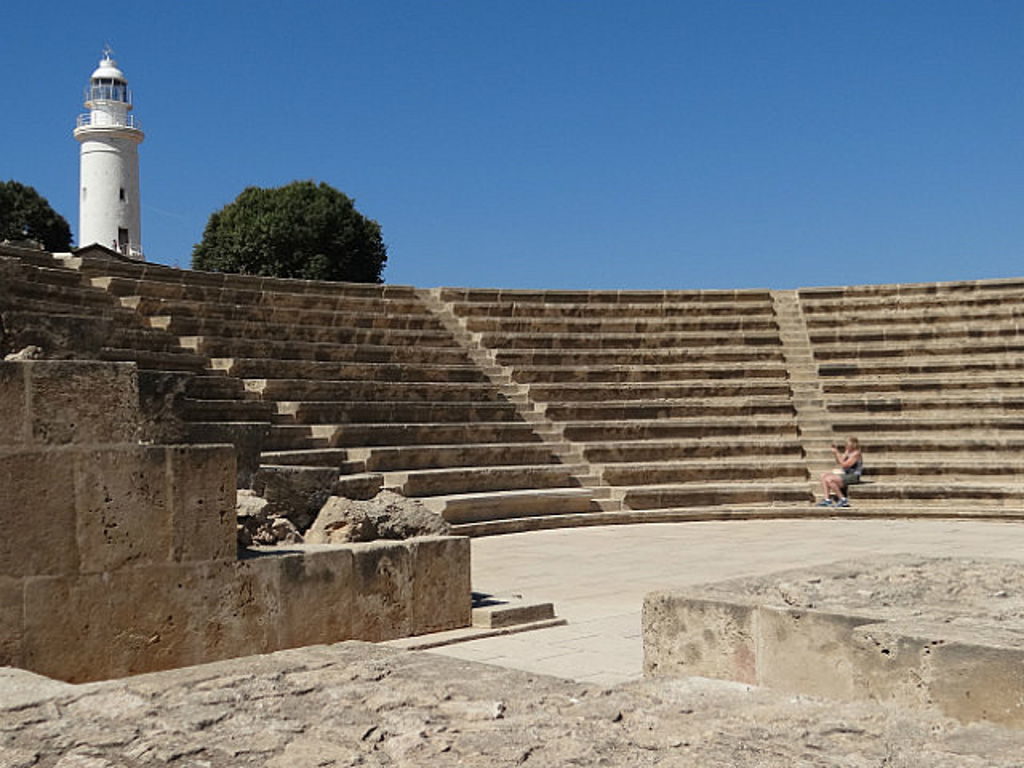 Today the Odeon is still in operation, where multiple live musical and theatrical performances are staged. Some years back along with members of our choir in Greece, participated in one such musical festival and it was an experience to remember! The Agora consists mainly of the Odeon, a semi-circular theatre restored in 1970, not particularly appearing as ancient. The rest of the Agora is discernible by the remains of marble columns that form a rectangle in the largely empty open space. The remains of the Asklipieion, the healing centre and altar of Asklepios, the Father of medicine, runs east to west on the southern side of the Odeon.
Today the Odeon is still in operation, where multiple live musical and theatrical performances are staged. Some years back along with members of our choir in Greece, participated in one such musical festival and it was an experience to remember! The Agora consists mainly of the Odeon, a semi-circular theatre restored in 1970, not particularly appearing as ancient. The rest of the Agora is discernible by the remains of marble columns that form a rectangle in the largely empty open space. The remains of the Asklipieion, the healing centre and altar of Asklepios, the Father of medicine, runs east to west on the southern side of the Odeon.
Saranta Kolones
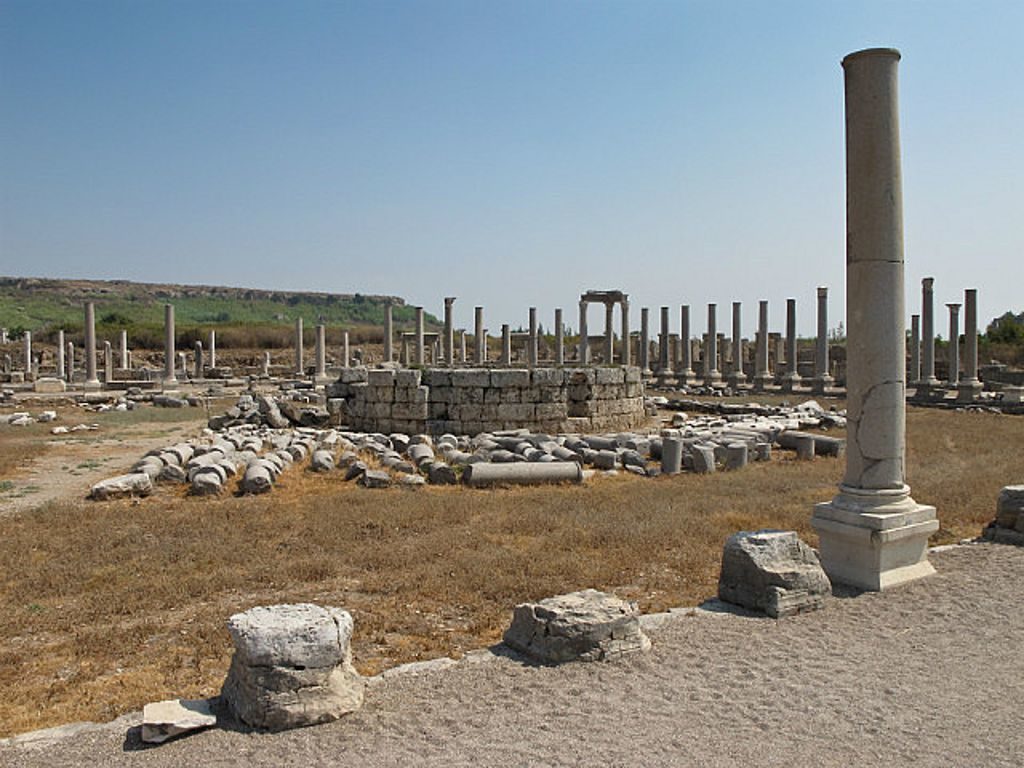 Reaching towards the last site which is not far from the Odeon and Agora, I left the Saranta Kolones for the very end. Definitely another symbol of Paphos rich heritage. The famed fort’s name, Saranta Kolones (forty columns) originates from the fact that the castle was originally built on the base of 40 columns.
Reaching towards the last site which is not far from the Odeon and Agora, I left the Saranta Kolones for the very end. Definitely another symbol of Paphos rich heritage. The famed fort’s name, Saranta Kolones (forty columns) originates from the fact that the castle was originally built on the base of 40 columns.
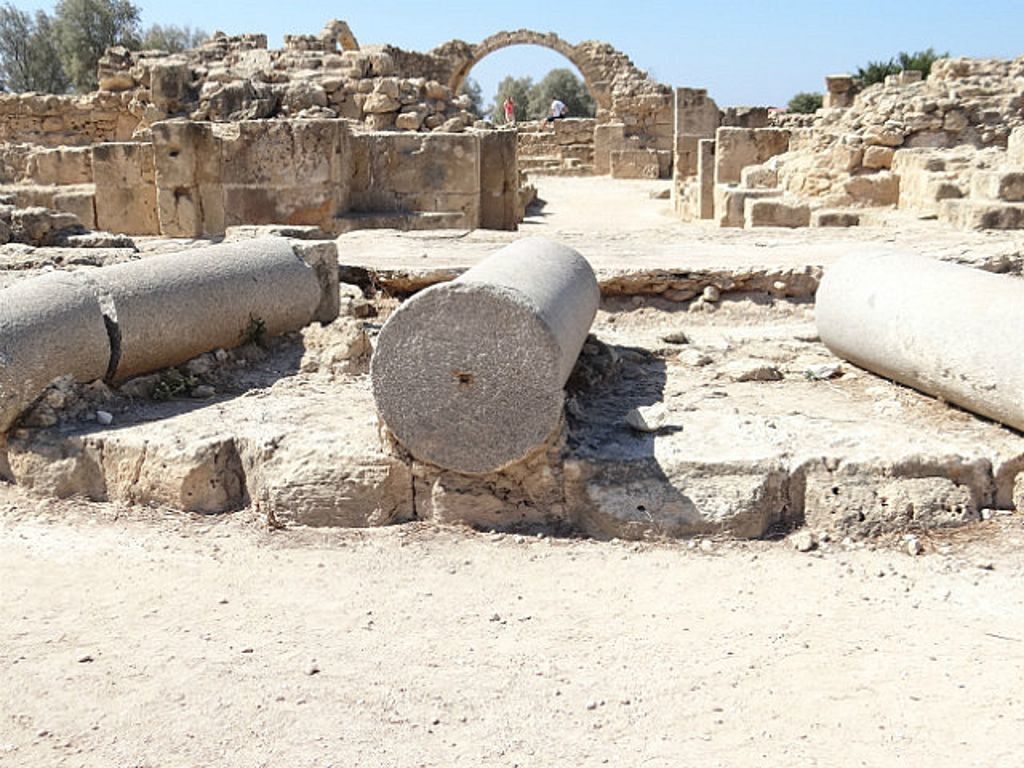 The Lusignans built the forty columns in the 13th century, where previously a Byzantine Castle used to stand. It was built to protect the city’s coastline from Arab and pirate invasions in the 7th century, thus later on the Lusignans simply reconstructed it.
The Lusignans built the forty columns in the 13th century, where previously a Byzantine Castle used to stand. It was built to protect the city’s coastline from Arab and pirate invasions in the 7th century, thus later on the Lusignans simply reconstructed it.
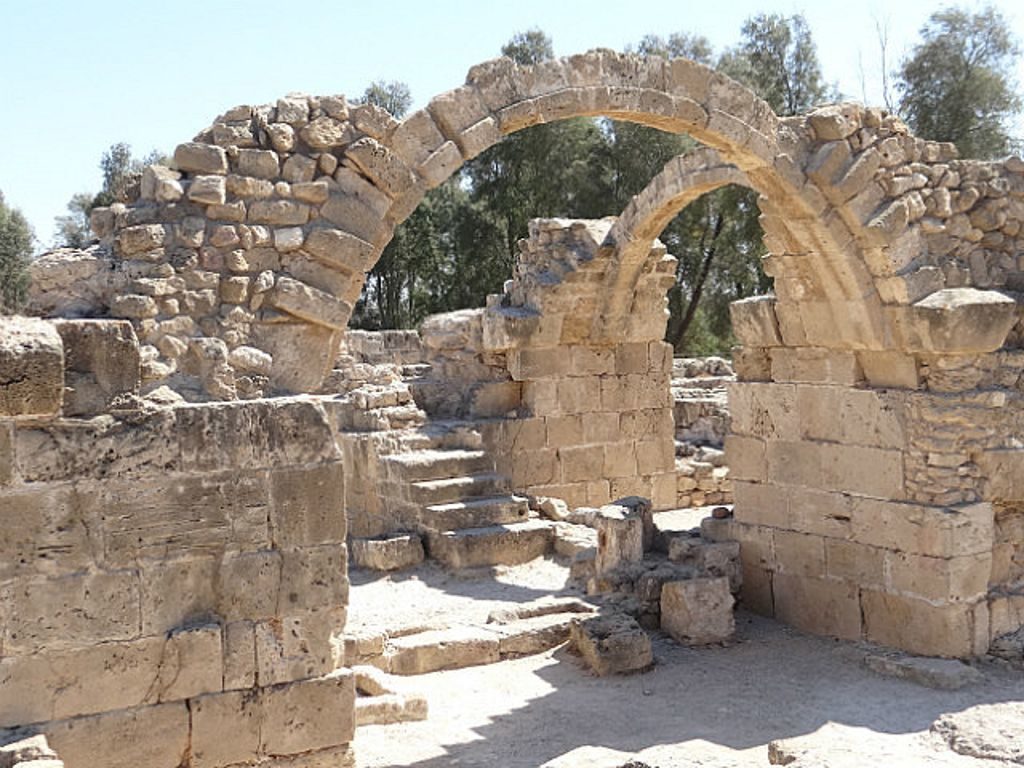 At present, most of the castle is in ruins, and only a few desultory arches and towers are the only visual evidence of its original grandeur. I attempted to enter a couple of dungeons when other tourists were in, but I did not dare enter on my own. Although the area is scattered with all those columns yet the spot is still interesting and the towers and dungeons are nice to be explored.
At present, most of the castle is in ruins, and only a few desultory arches and towers are the only visual evidence of its original grandeur. I attempted to enter a couple of dungeons when other tourists were in, but I did not dare enter on my own. Although the area is scattered with all those columns yet the spot is still interesting and the towers and dungeons are nice to be explored.
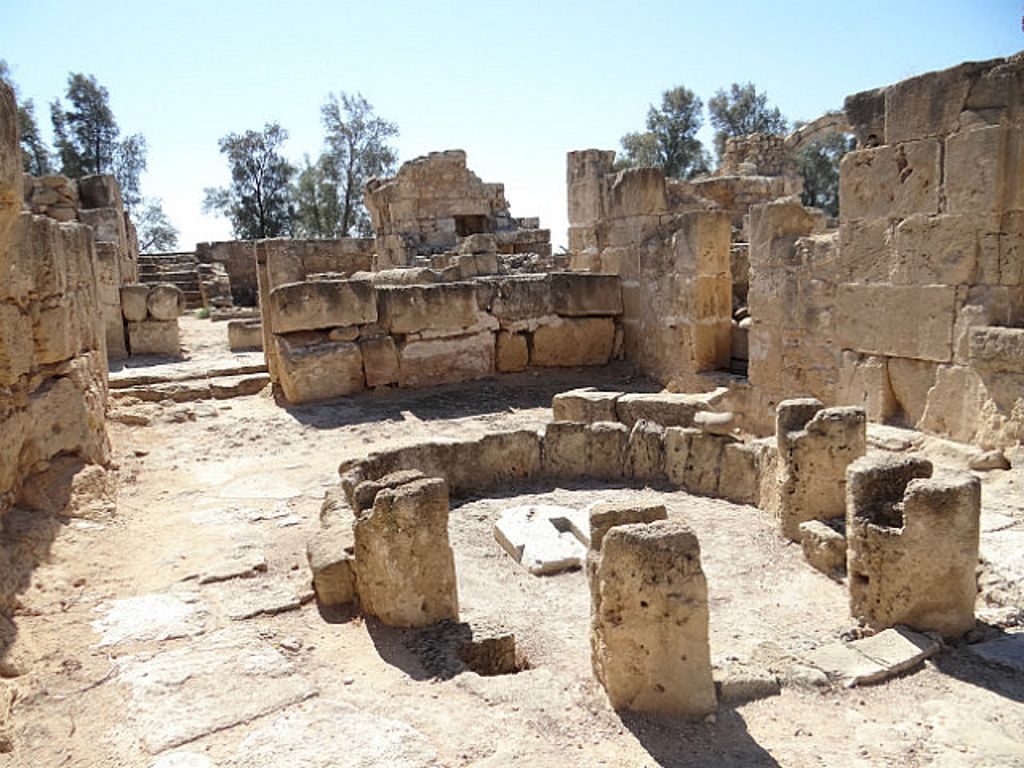 Tips to Have in Mind
Tips to Have in Mind
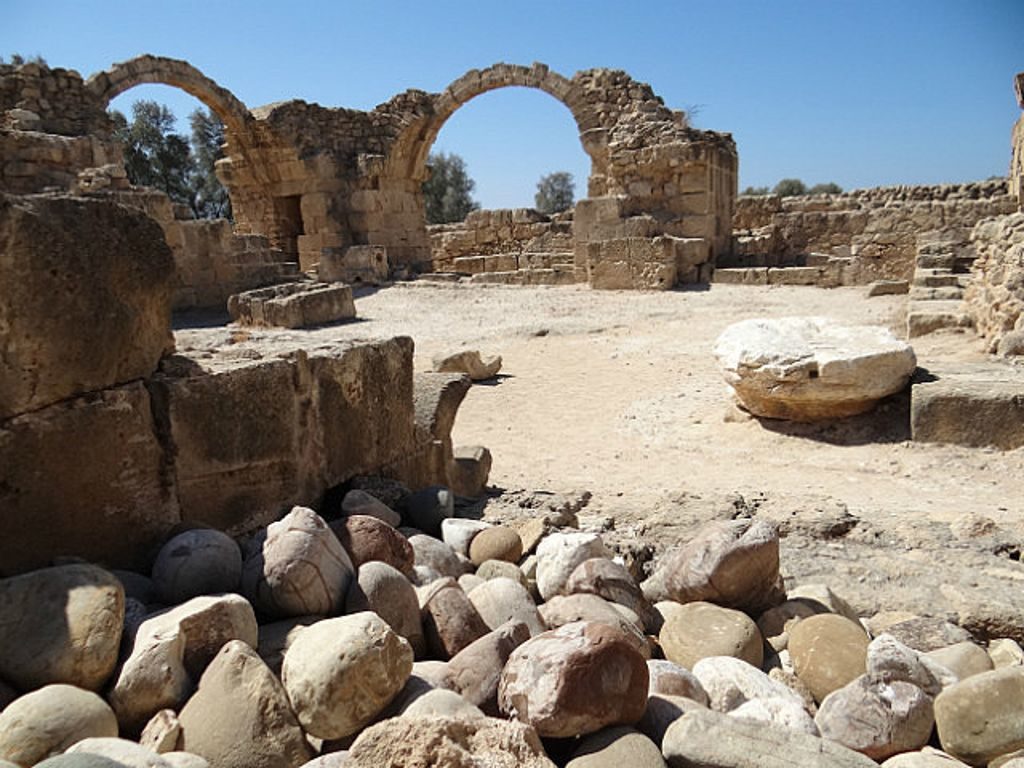 The site is next to the old harbour and is well worth the €4.50.
The site is next to the old harbour and is well worth the €4.50.
Get a guidebook (€5.50) from the Visitor’s Centre which explains the site in detail, or join the organized tour.
For those with mobility issues, there are guided tours available with golf buggies, but I’m not sure if there’s an extra charge for this, however, an easier route around the park is detailed on the free map in the entrance hall.
There’s a lot to take in so be prepared to do a lot of walking – wear comfortable shoes as the paths can be rocky and steep in some places.
Be sure to take plenty of water with you as well; there are a couple of vending machines on site should you need them, but remember that as this is pretty much an outdoor activity, there’s no escape from the sun.
Open: 8:30am-7:30 pm mid-April – mid-September. 5:00pm mid-September-mid April.
Phone: +357 2630 6217
Have fun and enjoy your visit










